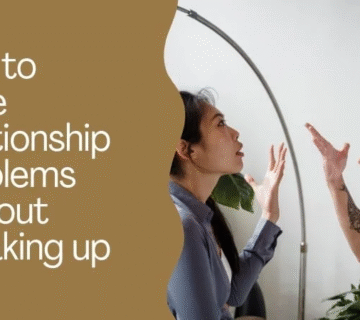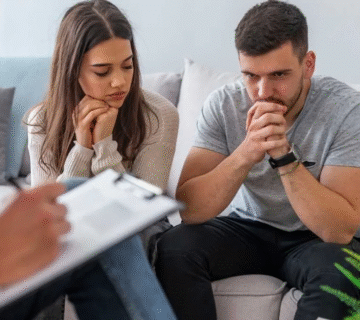Every relationship faces challenges—whether small misunderstandings, communication breakdowns, unmet needs, or larger conflicts. The critical question is not whether problems will arise, but how partners respond to them that determines the health and success of their bond Relationship Problem Solving.
Effective relationship problem solving fosters clearer communication, builds stronger emotional connections, resolves conflicts constructively, and deepens mutual respect. It turns difficulties into opportunities for growth.
This article explores expert strategies to help couples solve relationship problems and strengthen their partnership.
The Importance of Solving Problems Together
Ignoring or avoiding problems only allows negativity and resentment to build, which can damage intimacy over time. Research shows that couples who proactively address issues with kindness and collaboration experience higher satisfaction and longer-lasting relationships.
Problem solving is a skill couples can develop, improving emotional safety and connection.
Step 1: Create a Positive, Calm Environment
Timing and tone matter. Choose moments when both partners feel relaxed and undistracted to discuss concerns. Start conversations by affirming your commitment: “I value us, and I want to share something important.”
A respectful atmosphere reduces defensiveness and invites open dialogue.
Step 2: Identify and Define the Real Problem
Often surface conflicts mask deeper needs or misunderstandings. Take time together to clarify what the actual problem is, including any emotional triggers.
For example, a disagreement about household tasks may reflect feeling undervalued or overwhelmed. Defining the problem clearly paves the way for focused solutions.
Step 3: Use Clear, Non-Blaming Communication
Express your feelings with “I” statements to describe your experience rather than accusations. For example, say “I feel stressed when chores pile up” instead of “You never help around the house.”
Avoid “always” and “never” generalizations, which create defensiveness.
Step 4: Listen Actively and Empathically
Listening entails fully attending to your partner’s words and feelings without interrupting or judging. Paraphrase what you heard to ensure understanding and validate emotions even if you disagree.
Active listening fosters empathy and connection.
Step 5: Agree on Shared Goals
Discuss what each partner wants as a successful outcome. Whether it’s more quality time, better communication, or shared financial goals, aligning on mutual objectives motivates cooperation.
Step 6: Collaborate on Solutions
Brainstorm ways to address the problem together. Consider compromises and experiments to find what works.
For example, create a chore schedule, budget plan, or weekly check-in routine. Focus on actionable steps both partners feel comfortable adopting.
Step 7: Follow Up and Adjust
After implementing solutions, check in regularly to gauge progress and feelings. Be willing to adjust strategies as needed.
Celebrate any progress and maintain a spirit of partnership.
Step 8: Seek Professional Help When Necessary
Some problems require outside support. Couples therapy provides tools to navigate entrenched patterns and emotional wounds constructively.
Seeking help demonstrates commitment and builds a stronger foundation.
Read More: Seven Conflict Resolution Tips for Couples: Expert Advice for Stronger Relationships
Summary
Solving relationship problems is a dynamic process rooted in kindness, honest communication, empathy, and teamwork. By creating a safe environment, clarifying issues, expressing respectfully, listening actively, and collaborating on solutions, couples can transform challenges into growth opportunities.








[…] Read More: Relationship Problem Solving: Expert Tips to Strengthen Your Bond […]